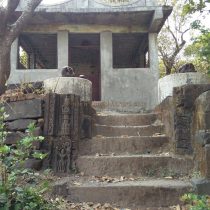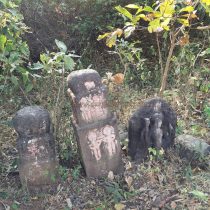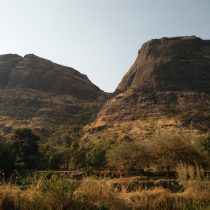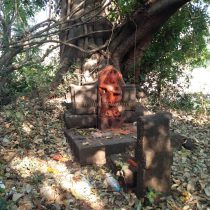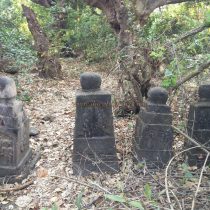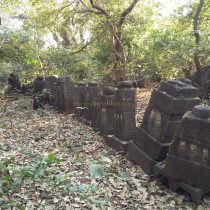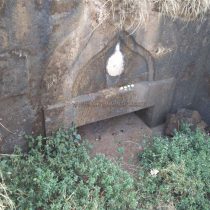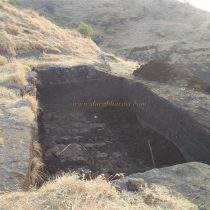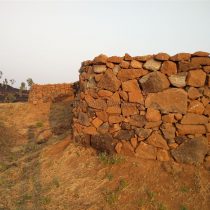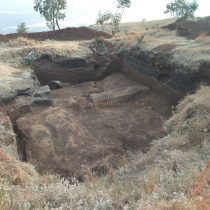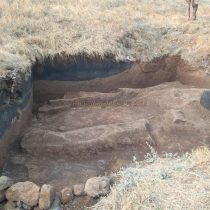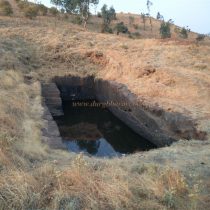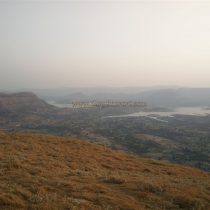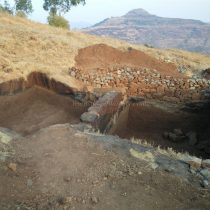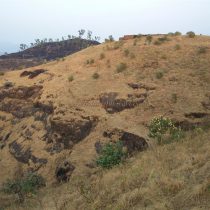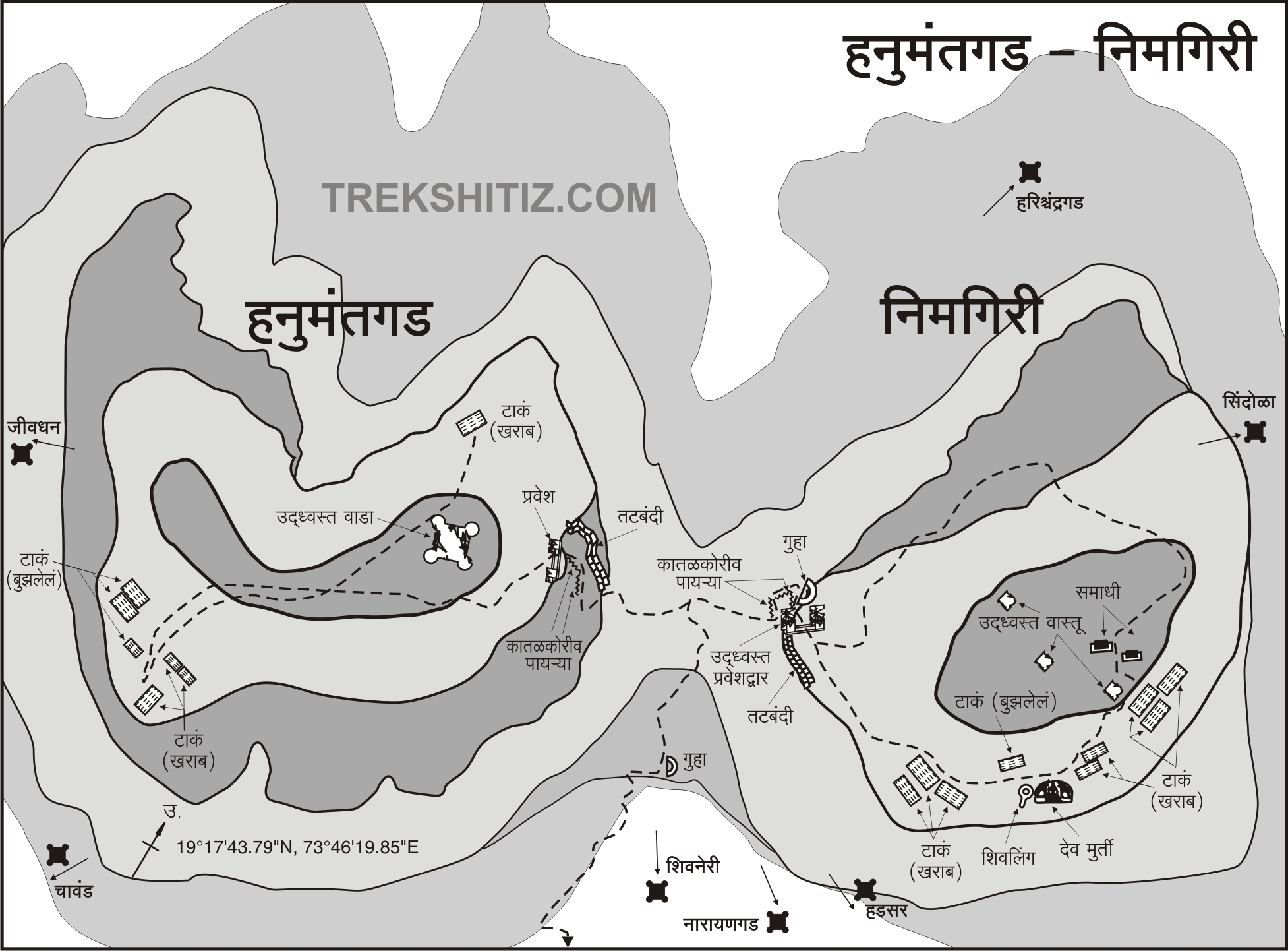HANUMANTGAD
TYPE : HILL FORT
DISTRICT : PUNE
HEIGHT : 3600 FEET
GRADE : MEDIUM
Satvahana dynasty is a beautiful dream for Maharashtra. If we look deeper into history, we find mention of Satvahana kings in the caves of Naneghat which dates back two thousand years ago. Naneghat, which connects Konkan and Desh, was born during the Satvahana dynasty. At that time, a market was established at a short distance from Naneghat in the village of Jirnanagar i.e. today's Junnar. Nimgiri fort is one of the forts built on the shoulders of Sahyadri in Maharashtra during the reign of Satvahan. Adjacent to this Nimgiri is a fort called Hanumantgad. The two hills of Nimgiri and Hanumantgad forts are separated by a small ravine. The easiest way to get here is to reach Junnar first from the Pune-Mumbai highway. There is a road from Manikdoh dam near Junnar to Ghatghar village towards Naneghat.
...
Khandichi Wadi village is 25 km from Junnar and 10 km from Hudsar village on this road. This is the best way to reach Nimgiri, even though the distance of 2 km is increasing. Nimgiri and Hanumantgad are located behind Khandichi Wadi village. After reaching the village, start the climb keeping in mind that Nimgiri is on the right side of the gorge and Hanumanthagad is on the left side. The first thing you see on this path is a very high voltage pole. Crossing the field in front of this pole, turn left and you will see a recently built Kalubai temple. Ancient idols and relics of the temple are scattered in the courtyard and on the way. At the back of the temple are two hero stones and one carved idols. As you return to the original path and climb up, you will see a huge well here. Under a tree on the left side of this well, there is a statue of Hanuman on a small quadrangle structure. In front of this idol, at some distance, 42 hero stones are arranged in a row. These hero stones are recent, and there are not many more carvings on them. There is an inscription in Modi language on one of the hero stones and human figures, Shivling, Nandi is carved on the rest of the hero stones. On the way from here, there is a Tower and a shelter built by the forest department and you have to go up the path between these two shelters. From here, a steep ascent leads directly to the base of the fort. At the end of this steep path, another path leads to the cave carved in the hills of Nimgiri on the right. The cave, which was dug for surveillance, has been partially carved. The path below this road takes 15 minutes to reach the gorge between Nimgiri and Hanumantgad. Nimgiri is on the right side of the gorge and Hanumantgad is on the left side. On the way to the Hanumant fort on the hill to the left, there are some steep steps carved on the way. The entrance of Hanumantgad and the two adjoining bastions are still standing, but the entrance is buried in the ground up to the upper arch. This part of the fort is well fortified. Hanumanthagad is situated at an altitude of 3500 feet above sea level. It is situated on two small which is spread over 9 acres. Judging by the structure of the fort and its architecture, it seems that this fort came into existence during or after Shivaji Maharaj’s period. Looking at the door and walking along the side of the ramparts, you can see a large water cistern. In front of this cistern, at some distance, you can see another cistern on the hill slope. The ramparts of the fort are visible below this second cistern. From here, on the left side of the hill, you can see the remains of a mansion with four bastions. The mansion has recently been excavated. There are three water cisterns on the plateau on the left side of the fort and two more in the area next to it. There are a total of 9 such cisterns on the fort. When we return to the door, our fort round is completed. From Hanumantgad, one can keep an eye on the entire path to the gate of Nimgiri fort. Chavand, Jeevdhan, Hudsar, Harishchandragad, and Sindola forts are visible from the fort. It takes half an hour to walk around the entire fort and four hours to see both the forts from the base. Since Hanumantgad is silent about its history and there are not many remains on the fort it has been neglected by the trekkers.
© Suresh Nimbalkar

